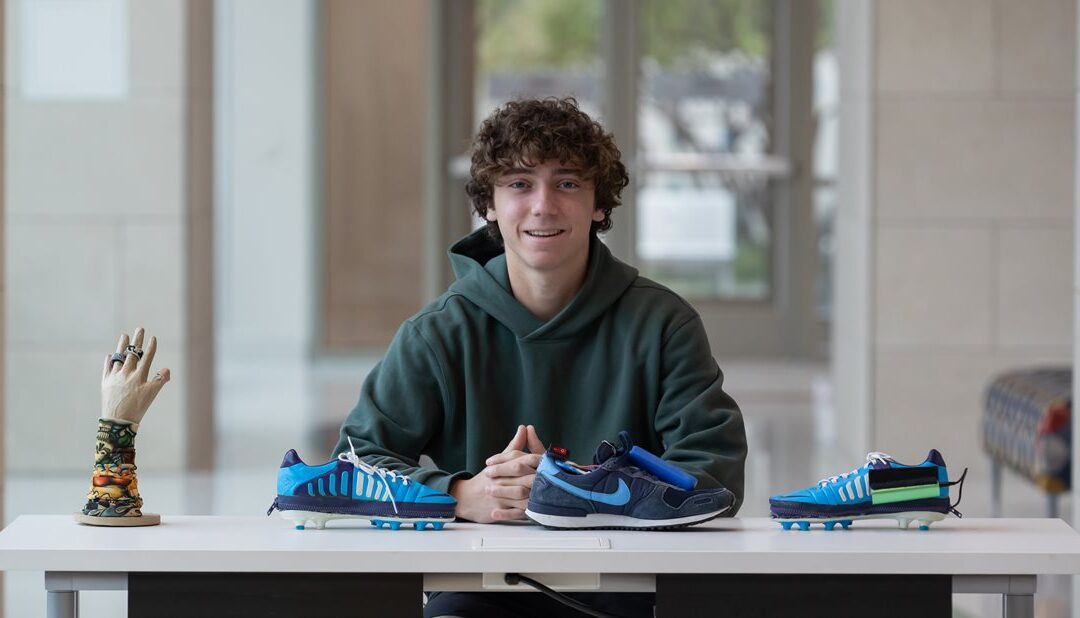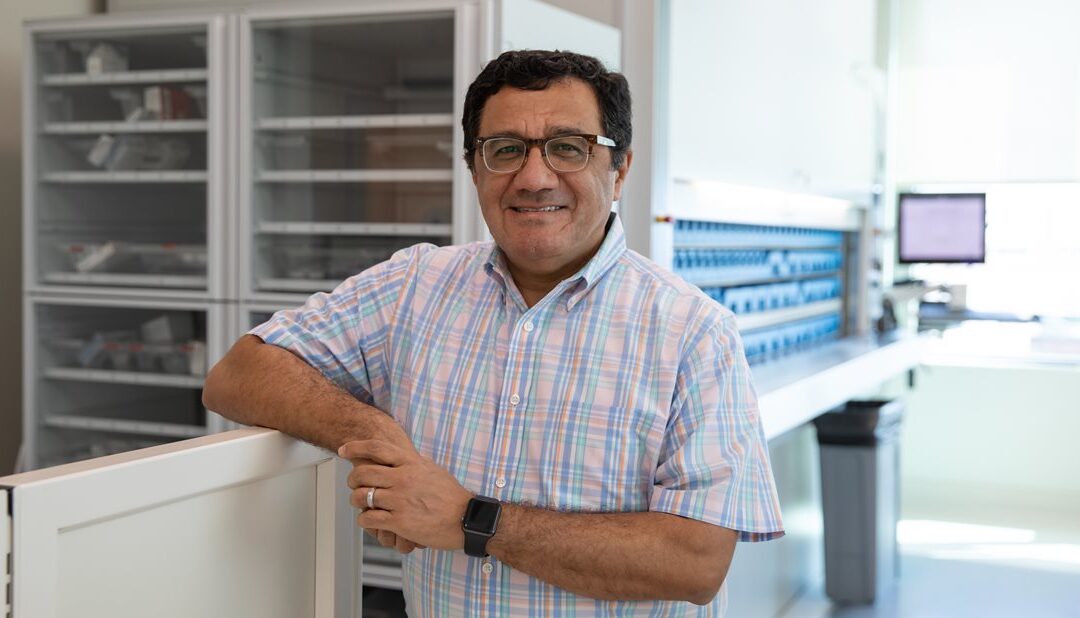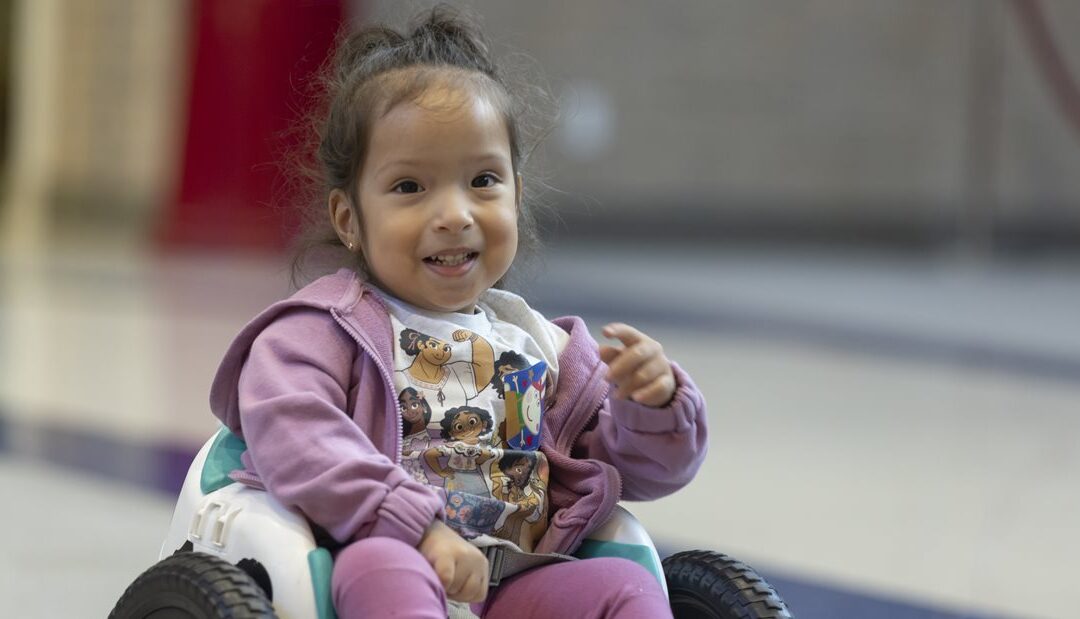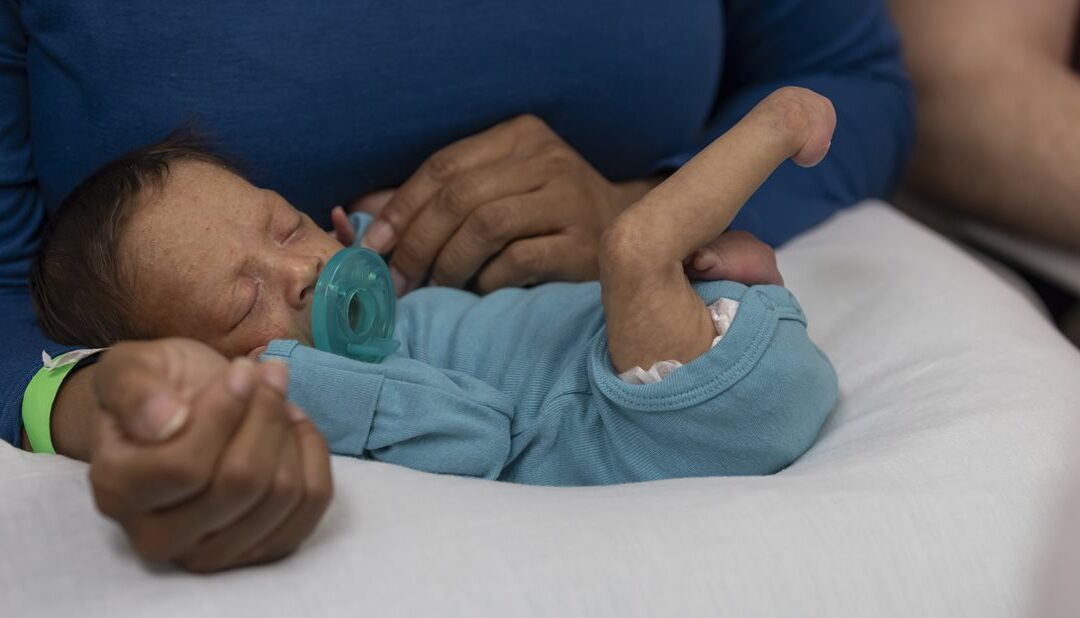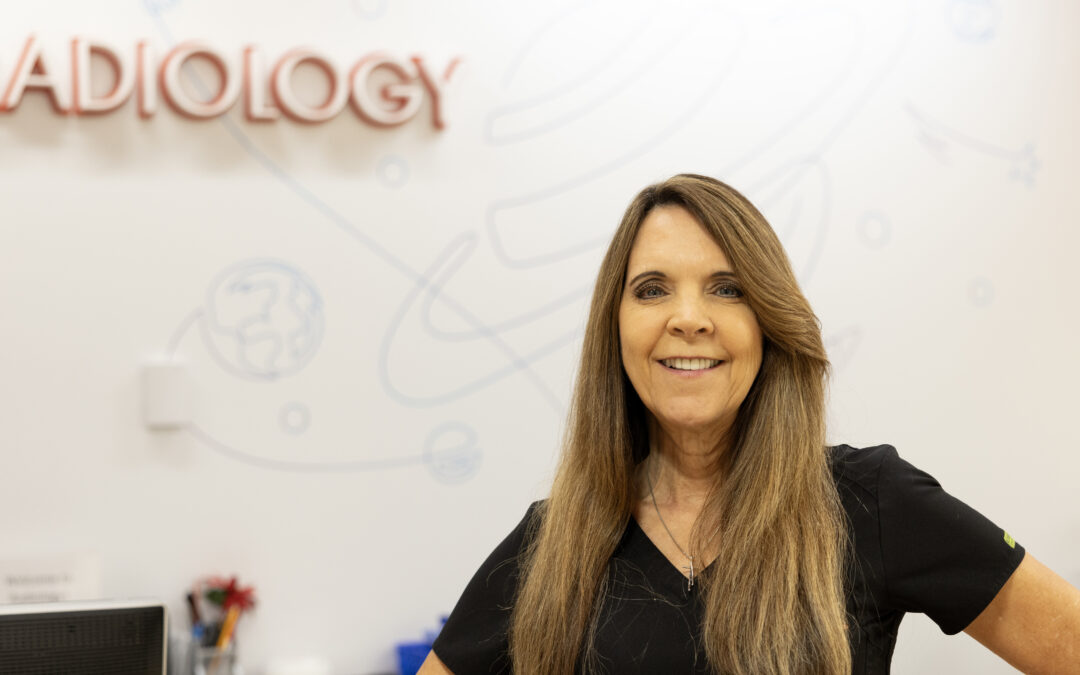
Get to Know our Staff: Peggy Duguay, Radiology
What is your job title/your role at Scottish Rite for Children?
I am the assistant director of Radiology, and I help manage the Radiology department.
What do you do on a daily basis or what sort of duties do you have at work?
Every day in Radiology is different. I help manage the Radiology department, which includes staff scheduling and payroll, managing equipment including maintenance/testing, state inspections and act as a liaison with our staff physicians and clinical staff. I also help cover many areas including doing X-rays for patients, working the front desk and file room duties.
What was your first job? What path did you take to get here or what led you to Scottish Rite?
My first job was as a dental office receptionist. I learned about radiology technology as a career option through my college advisor and applied for the radiology program. I worked at UT Southwestern for 17 years before applying and getting hired at Scottish Rite for Children.
What do you enjoy most about Scottish Rite?
I love working with the children and their families. It is a very special and rewarding experience each day. I am blessed to have such a wonderful opportunity to work at Scottish Rite and continue to grow and learn. Also, I love the amazing Radiology staff I work with, as well as the wonderful Scottish Rite staff throughout the hospital.
Tell us something about your job that others might not already know?
I started out at Scottish Rite as a radiology technologist, then became the PACS Administrator, and am now assistant director of Radiology.
Where is the most interesting place you’ve been?
I did a seven-country tour in 1998 throughout Europe. It was so much fun being able to visit so many different countries that I never thought I would get to travel to.
What is your favorite game or sport to watch and play?
Football–I have been a big Dallas Cowboys fan since the 80s when I watched the games with my dad. I also root for all the Texas teams…Dallas Mavericks, Texas Rangers and Dallas Stars!
If you could go back in time, what year would you travel to?
I lost my dad in 2001. I miss him so much and wish I could travel back in time to see him again.
What’s one fun fact about yourself?
I have an identical twin sister named Patty. We have confused many people over the years including many people from Scottish Rite. We always still spend a lot of time together. Being a twin is so much fun!
